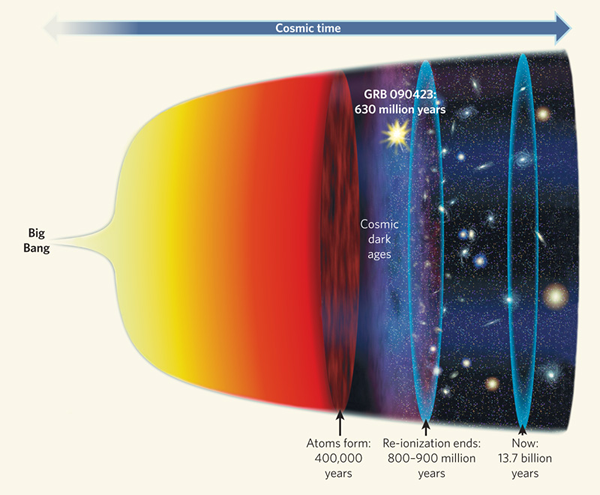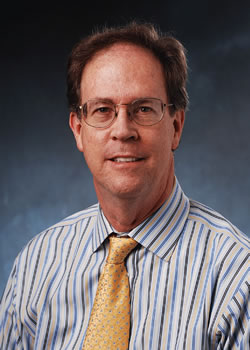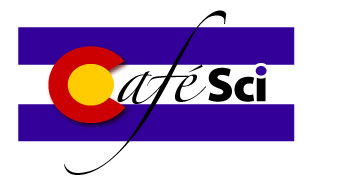About the topic
Bio
Get the Flyer
About the topic

After the Big Bang, the Universe cools rapidly while expanding. About 400,000 years after this event, free electrons and protons combine to form neutral atoms, leaving a bath of background radiation that currently shines in the microwave part of the electromagnetic spectrum. Thereafter, the Universe remains neutral, until the first stars and galaxies light up at a later epoch. Photons emitted by these objects knock electrons out of atoms and 're-ionize' the Universe. Studies of the most distant galaxies and quasars suggest that the re-ionization process was completed around 800 million to 900 million years after the Big Bang, but no information is available about the cosmic 'dark ages'. Observations of gamma-ray bursts such as GRB 090423 which occurred about 630 million years after the Big Bang, offer a glimpse of the cosmic dark ages.
Source: Bing Zhang, Nature
461 , 1221-1223 (29 October 2009).
Bio
 Mike Shull is a Professor of Astrophysics in the Department of Astrophysical and Planetary Sciences (APS) at the University of Colorado at Boulder. He is also a Fellow in the Center for Astrophysics and Space Astronomy and an Affiliated Faculty Member of the Department of Applied Mathematics.
He was educated at Caltech (BS 1972, Physics) and Princeton (PhD 1976, Physics). Following a one-year postdoc at the University of California, Berkeley (1976-77) he arrived at the University of Colorado in fall 1977, where he has worked for the past 31 years. He’s received College awards for teaching (1986) and research (1996), was CU Distinguished Research Lecturer (2001), President's Teaching Scholar (1994), and College Professor of Distinction (2008).
Mike Shull is a Professor of Astrophysics in the Department of Astrophysical and Planetary Sciences (APS) at the University of Colorado at Boulder. He is also a Fellow in the Center for Astrophysics and Space Astronomy and an Affiliated Faculty Member of the Department of Applied Mathematics.
He was educated at Caltech (BS 1972, Physics) and Princeton (PhD 1976, Physics). Following a one-year postdoc at the University of California, Berkeley (1976-77) he arrived at the University of Colorado in fall 1977, where he has worked for the past 31 years. He’s received College awards for teaching (1986) and research (1996), was CU Distinguished Research Lecturer (2001), President's Teaching Scholar (1994), and College Professor of Distinction (2008).
He teaches a variety of classes in astronomy and astrophysics. In 2009 he taught a large non-majors class on modern cosmology dealing with the Big Bang Theory for the origin and evolution of the universe, and he has lead the graduate astrophysics seminar on The First Stars. He has an interesting and informative web site.
Much of his interest currently centers on new UV spectral data from NASA's Cosmic Origins Spectrograph on the Hubble Space Telescope, which was installed during the recent Hubble Servicing Mission (May 2009). CU has a major team devoted to this resource. COS delivers 10-15 times the light throughput of the previous (STIS) spectrograph aboard Hubble. The science team will study the origins and evolution of the intergalactic gas, quasars, and galaxies through ultraviolet spectroscopic studies of D/H, He II reionization, and chemical abundances in the IGM and galactic halos. In particular, COS will study the spatial distribution of primordial and shock-heated intergalactic gas and heavy elements expelled into intergalactic space by massive stars and supernovae.
